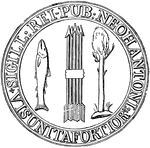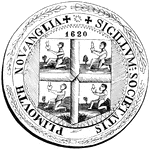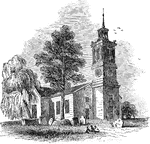
St. John's Church
St. John's Episcopal Church is the oldest church in Richmond, built in 1741 and giving its name to the…
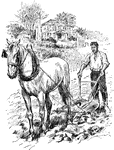
After Appomattox
The Appomattox Campaign (March 29, 1865 – April 9, 1865) was a series of battles fought in Virginia…
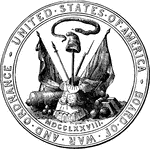
Seal of the Board of War and Ordnance
In 1776 the Board of War and Ordnance was created for issuing supplies to troops in the field, and the…
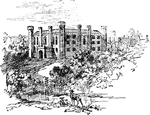
Washington Old Hall
Willian de Wessyngton was a forebear of George Washington, the first President of the United States.…
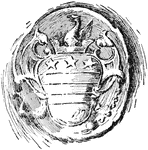
Washington's Seal (From a Letter to Bouquet, 1758)
Washington's Seal incorporates the same design which can be found in Washington's Arms. The coat of…
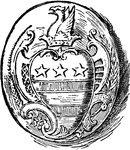
Washington's Private Seal, 1783
Washington's Private Seal incorporates the same design which can be found in Washington's Arms. The…

Mount Vernon in Washington's Day
Mount Vernon, located near Alexandria, Virginia, was the plantation home of the first President of the…
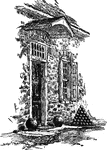
Entrance to Washington's Headquarters, Newburgh
Hasbrouck House served as Washington's headquarters during the Revolutionary War from April 1782 until…
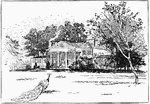
Montpelier: The Home of James Madison
Montpelier was the estate of James Madison, fourth President of the United States.
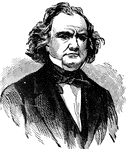
James Murray Mason
James Murray Mason (November 3, 1798 – April 28, 1871) was a United States Representative and United…

West Point Academic Buildings
A drawing of the academic buildings of West Point, the United Stated Military Academy.
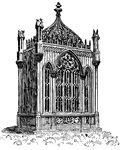
Tomb of Monroe
The tomb of the fifth President of the United States, James Monroe. His grave is at Hollywood Cemetery…

Seal of New Netherland
New Netherland, 1614–1674, is the name of the former Dutch territory on the eastern coast of North…

Fort Wayne
Fort Wayne was established 1839 in Indian Territory by Lt. Col. R.B. Mason of the 1st Dragoons. Named…
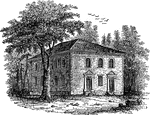
Pohick Church
Pohick was the first permanent church in the colony to be established north of the Occoquan River, sometime…
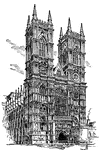
Westminster Abbey
The Collegiate Church of St Peter at Westminster, which is almost always referred to by its original…
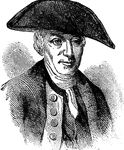
Abraham Whipple
Abraham Whipple (26 September 1733 – 27 May 1819) was an American revolutionary naval commander.…

Eastern Black Oak Branch
Eastern Black oak (Quercus velutina), or more commonly known as simply Black Oak is an oak in the red…
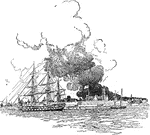
The Great Fire of New York in 1776
The Great Fire was a devastating fire that burned through the night of September 21 – September…

A Dutch West India Company's Trading Post
A Dutch West India Company's trading post in the Colony of New York.

William and Mary College (1723)
The College of William and Mary is a public university located in Williamsburg, Virginia, United States.…

Brook Trout
The brook trout, Salvelinus fontinalis, (sometimes called the eastern brook trout, Adirondack coaster…
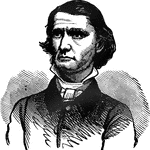
Henry Alexander Wise
Henry Alexander Wise (December 3, 1806 – September 12, 1876) was an American statesman from Virginia.…
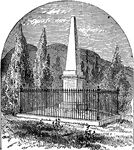
Colonel Eleazer Derby Wood's Monument at West Point
Eleazer Derby Wood (1783 – September 17, 1814) was an American Army officer in the War of 1812.…
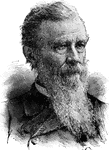
John Lorimer Worden
John Lorimer Worden (12 March 1818 – 19 October 1897) was a U.S. Admiral who served in the American…
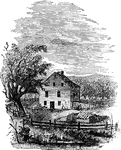
Site of Wintermoot's Fort
The Battle of Wyoming was an encounter during the American Revolutionary War between American Patriots…
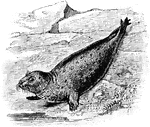
Gray Seal
The Gray Seal (Halichoerus grypus) is a large mammal in the Phocidae family of true seals.
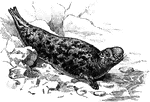
Hooded Seal
The Hooded Seal (Crystophora cristata) is an arctic seal in the Phocidae family of true seal. It is…
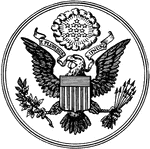
Great Seal of the United States
The Great Seal of the United States with "E. Pluribus Unum" and a bald eagle holding thirteen arrows…
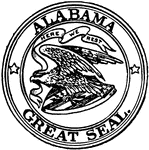
Seal of Alabama
The Great Seal of Alabama, 1911. The image depicts a bald eagle holding a banner that reads "Here we…
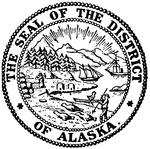
Seal of Alaska
The Seal of the District of Alaska, 1911. The image on the seal shows Alaska's mountains and shore.
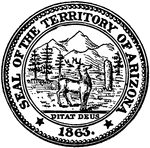
Seal of Arizona
The Seal of the Territory of Arizona, 1863. The image on the seal shows mountains, forests, and a deer.…
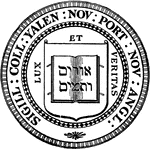
Seal of Yale University
Serious American students of theology and divinity, particularly in New England, regarded Hebrew as…
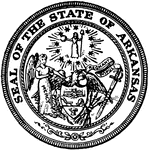
Seal of Arkansas
The Seal of the State of Arkansas. The seal shows Mercy, a bald eagle holding a shield, and the sword…
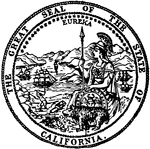
Seal of California
The Great Seal of the State of California. The seal shows Eureka with a bear cub. In the background…
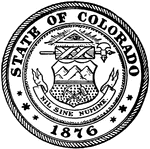
Seal of Colorado
The Seal of Colorado, 1876. The seal shows The Eye of Providence and Colorado's motto 'Nil sine numine'…
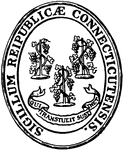
Seal of Connecticut
The Seal of the State of Connecticut (Sigillum reipublicae Connecticutensis). The seal shows three grapevines…
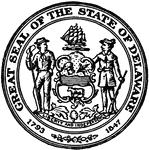
Seal of Delaware
The Seal of the State of Delaware, 1793-1847. The seal shows a farmer, a soldier, Delaware's coat of…
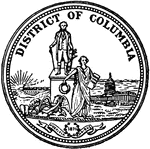
Seal of District of Columbia
The Great Seal of the District of Columbia. The seal shows Lady justice hanging a wreath on the statue…
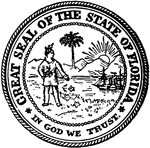
Seal of Florida
The Great Seal of the State of Florida. The image shows a Seminole Native American sprinkling flowers.…
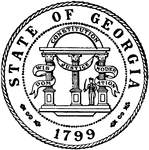
Seal of Georgia
The Seal of the State of Georgia, 1799. The seal shows an arch with three pillars symbolizing the constitution…

Lynnhaven Bay, Virginia
Lynnhaven Bay is a relatively small body of water in Virginia separated from the rest of the Chesapeake…
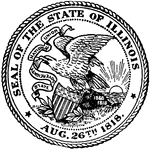
Seal of Illinois
The Seal of the State of Illinois, 1818. The seal shows the bald eagle on a rock carrying a shield.…
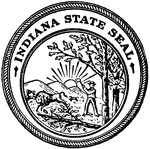
Seal of Indiana
The Seal of the State of Indiana. The seal shows a sunrise, a woodman, and a buffalo fleeing. This represents…
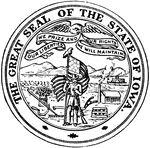
Seal of Iowa
The Great Seal of the State of Iowa. The seal pictures a soldier in wheat field with the American flag…
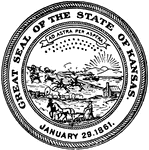
Seal of Kansas
The Great Seal of the State of Kansas, 1861. The seal pictures a sunrise, a steamboat, plowing, a wagon,…
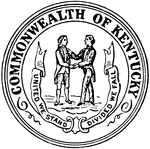
Seal of Kentucky
The seal of the Commonwealth of Kentucky. The seal shows a frontiersman and a statesman shaking hands…
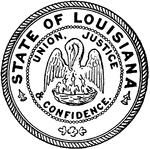
Seal of Louisiana
The seal of the state of Louisiana. The seal shows a pelican in her piety, feeding her young with her…
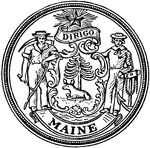
Seal of Maine
The seal of the state of Maine. The seal has a farmer with his scythe and a sailor with his anchor.…

Seal of Maryland
The Great Seal of the State of Maryland. The seal is a shield being held by plowman and a fisherman.…
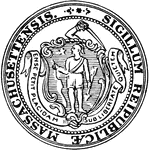
Seal of Massachusetts
The Seal of the State of Massachusetts. The seal has a shield in the center with a Algonquin Native…

Seal of Michigan
The Great Seal of the State of Michigan. This seal shows the Michigan's coat of arms held by an elk…
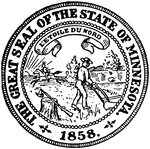
Seal of Minnesota
The Great Seal of the State of Minnesota. The seal depicts a farmer plowing as a Native American rides…
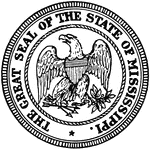
Seal of Mississippi
The Great Seal of the State of Mississippi. The bald eagle wears stars and stripes and holds an olive…
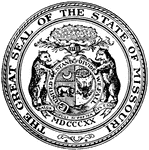
Seal of Missouri
The Great Seal of the State of Missouri. Two grizzly bears hold a shield with the national seal and…
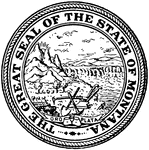
Seal of Montana
The Great Seal of the State of Montana. The seal shows Montana and a shovel, pick, and plow symbolizing…
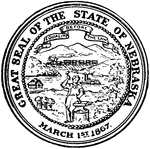
Seal of Nebraska
The Great Seal of the State of Nebraska, 1867. The seal shows a steamboat on the Missouri River, a train,…

